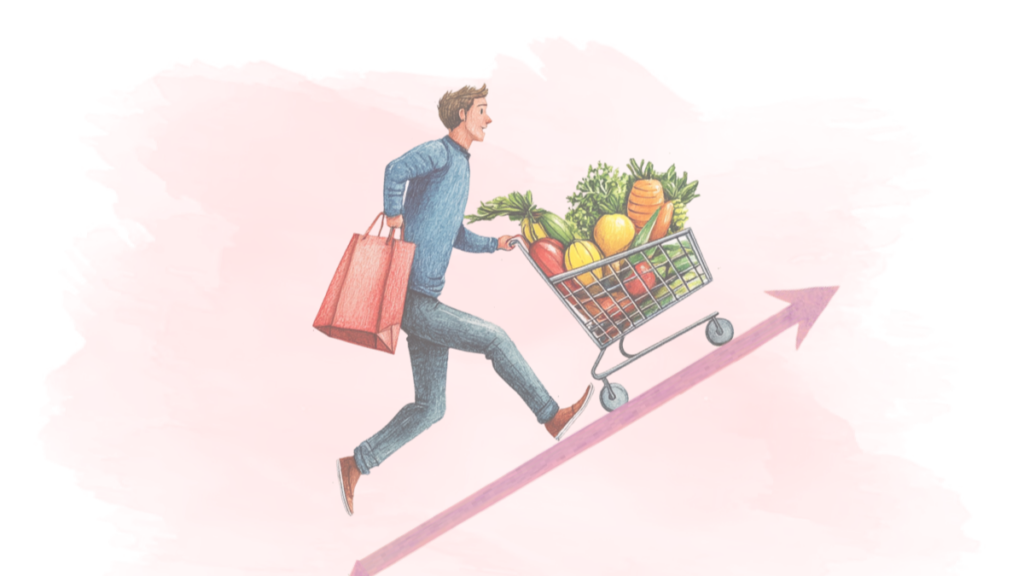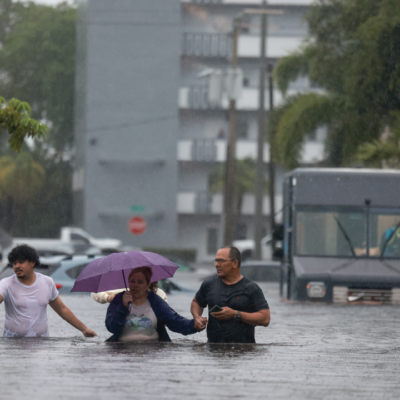Even as governments and economists declare economic recovery, many families are asking: Why do groceries, rent, and daily essentials still cost so much The inflation wave that hit economies worldwide during and after the COVID-19 pandemic shows lingering effects that are now a major point of discussion in political debates and around dinner tables
Despite declining inflation rates on paper, the actual cost of living for average households remains stubbornly high in 2025
What the Numbers Say: Inflation May Be Down, But Prices Aren’t
Economists point out that inflation, by definition, is the rate at which prices rise—not a measure of whether they’re high or low. Even if inflation falls from 7% to 3%, prices do not go back to what they were before—they simply rise more slowly.

According to the U.S. Bureau of Labor Statistics, grocery prices have increased nearly 20% since 2021. Rent has jumped by over 25% in major cities. Utilities and other basic services are also more expensive than they were five years ago. Many families who once lived comfortably are now feeling the squeeze
Food: Groceries Getting Costlier Every Month
One of the most noticeable areas where inflation continues to impact daily life is food. A simple weekly grocery bill has doubled for many households in just a few years
A gallon of milk that cost $3.20 in 2020 now costs around $5
A dozen eggs reached $6 in 2024 due to avian flu outbreaks and feed shortages, and prices haven’t fully come down
Fresh produce has become a luxury for some low-income families
The USDA reports that climate disruptions, higher transportation costs, and supply chain shifts continue to push food prices up—even as inflation rates fall
Housing Costs: Rents That Just Won’t Drop
The housing crisis is a central focus of the inflation debate. While mortgage rates have shown some relief, rental prices remain sky-high. In cities like New York, San Francisco, and Miami, rent for a one-bedroom apartment averages over $2,000 per month
What’s fueling the high rent
A shortage of affordable housing
Landlords raising rents to recover pandemic losses
Increased demand in urban centers as remote work trends shift
The National Low Income Housing Coalition warns that millions of Americans are spending more than 30% of their income on rent—a level considered financially unhealthy
Essentials: Everything Costs More, Even the Basics
Beyond food and housing, inflation has driven up the cost of nearly every essential
Gasoline: While prices are more stable in 2025 than during the 2022 spikes, they’re still higher than pre-pandemic levels
Utilities: Electricity and gas bills have risen due to infrastructure upgrades and global energy pressures
Health Care: Insurance premiums and out-of-pocket costs continue to increase
Education: Tuition fees and school-related costs are unaffordable for many families
These ongoing price hikes are hitting middle-class and working-class households the hardest
The Political Battle: Whose Fault Is It
Inflation has quickly become one of the most divisive political issues of 2025. With upcoming elections in several countries, leaders are pointing fingers
Governments blame global crises, such as the war in Ukraine, supply chain breakdowns, and climate-related events
Opposition parties accuse current administrations of overspending and poor policy choices
Economists are split, with some calling for tighter monetary policy and others warning against measures that could trigger a recession
In the U.S., inflation is a top concern for voters, with both Democrats and Republicans making it central to their campaigns. Similarly, in the UK, India, and parts of the EU, high prices remain a critical issue in both urban and rural regions
What Are People Doing to Cope
With no clear end in sight, people are adapting in whatever ways they can
Cutting discretionary spending: Fewer vacations, less dining out, reduced entertainment budgets
Taking on side gigs: Freelancing, delivery driving, and online selling are more popular than ever
Using credit: More people are relying on credit cards and BNPL (Buy Now, Pay Later) platforms, raising concerns about rising household debt
Financial advisors urge households to budget more strictly, avoid high-interest loans, and seek support through local assistance programs
Can Inflation Return to “Normal”
There’s hope—but no guarantee. The Federal Reserve and other central banks are cautiously optimistic. Interest rate hikes, supply chain improvements, and global cooperation may eventually help bring prices under control

But experts agree that we may never return to pre-2020 price levels
The key, they say, is wage growth. If incomes rise alongside prices, households may find stability again. However, wage increases have not kept up with the cost of living in most sectors
The Bottom Line: Inflation Is Still Shaping Our Lives
Whether you’re at the grocery store, paying your rent, or filling up your tank, you’ve likely felt the impact of inflation in 2025. Despite what official numbers may suggest, the economic recovery feels incomplete for many people
Inflation has changed how people spend, save, and vote. Until real relief comes—not just in percentages but in pocketbooks—it will remain one of the most important economic challenges of this decade
For more resources and updates on inflation trends, visit the World Bank’s Inflation Tracker, US Inflation Calculator, or International Monetary Fund
Also Read – Inflation Exposed: The Rising Daily Costs





